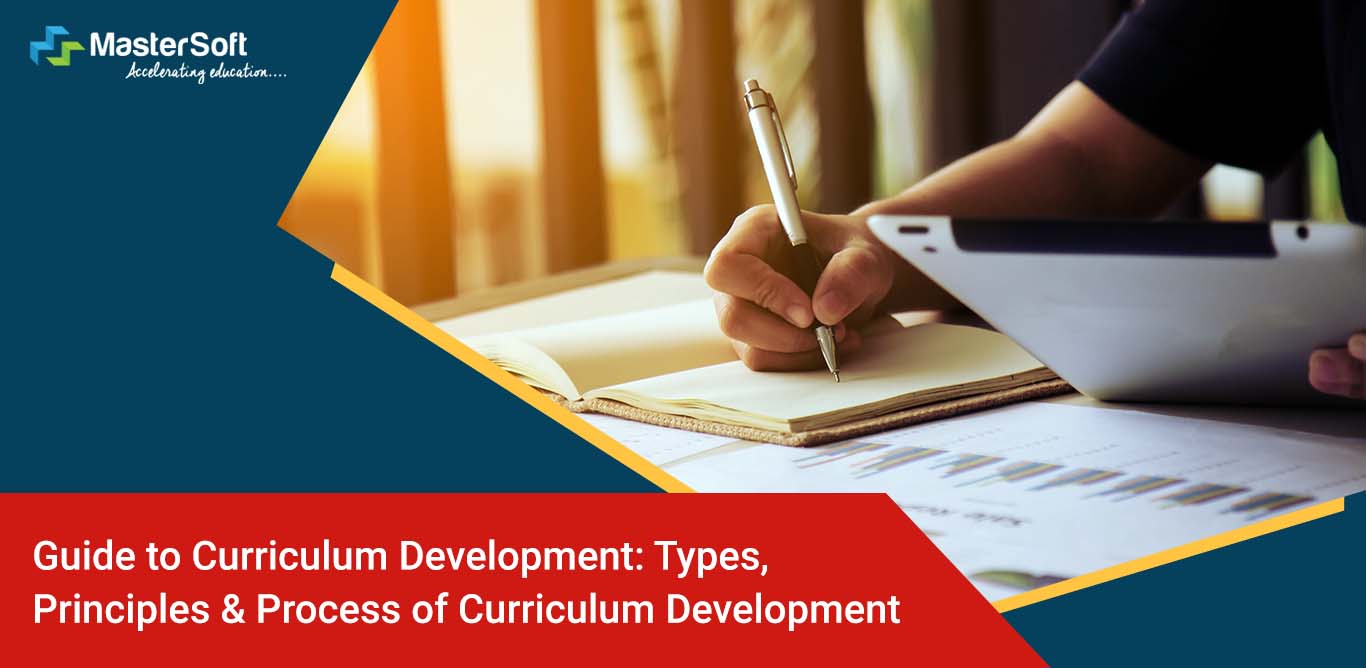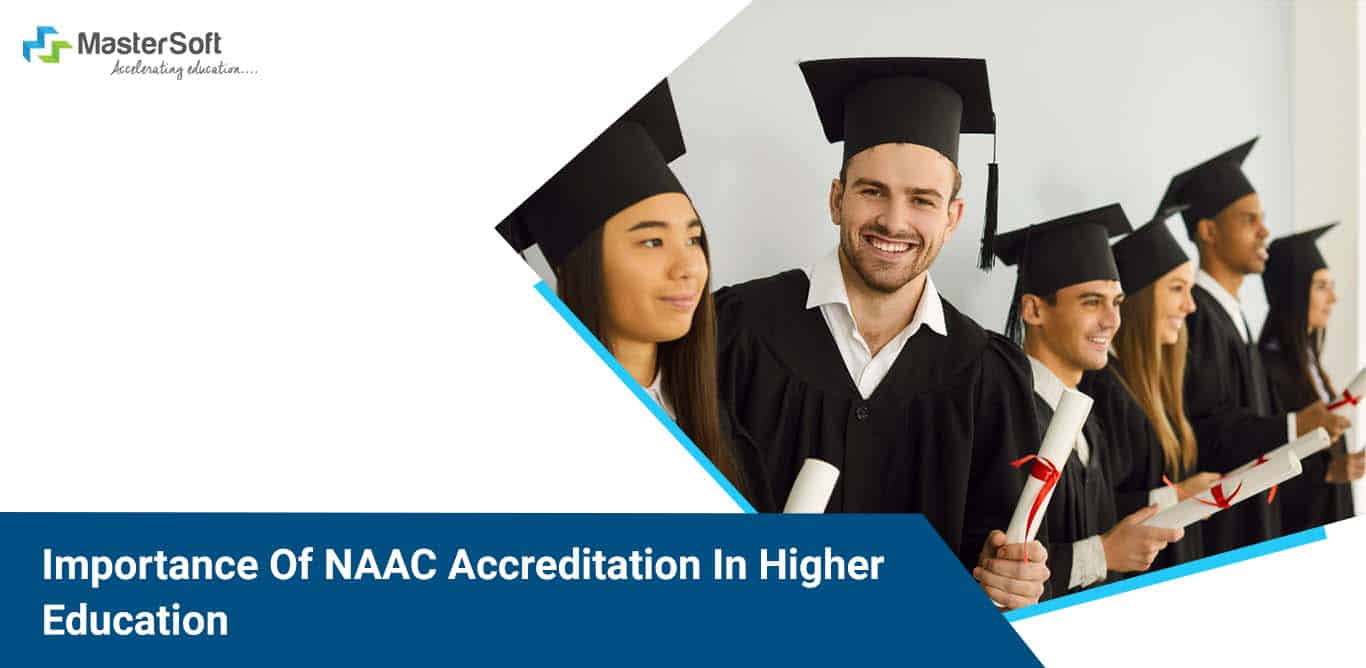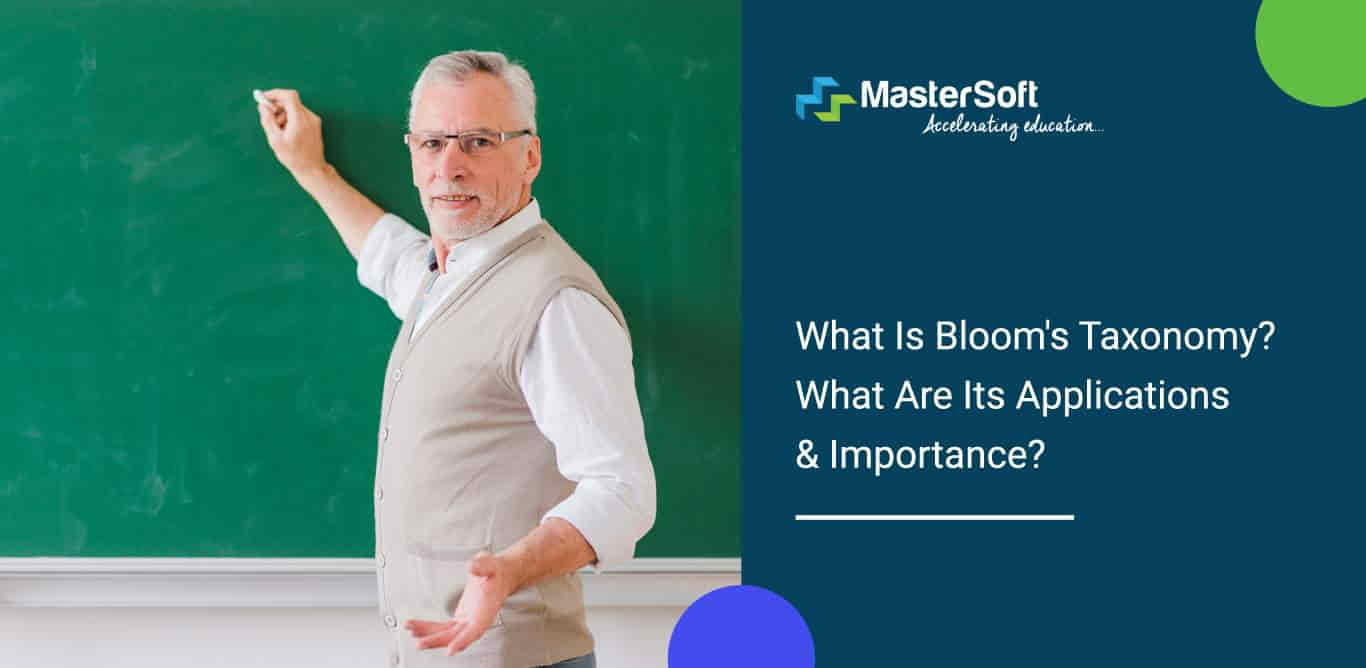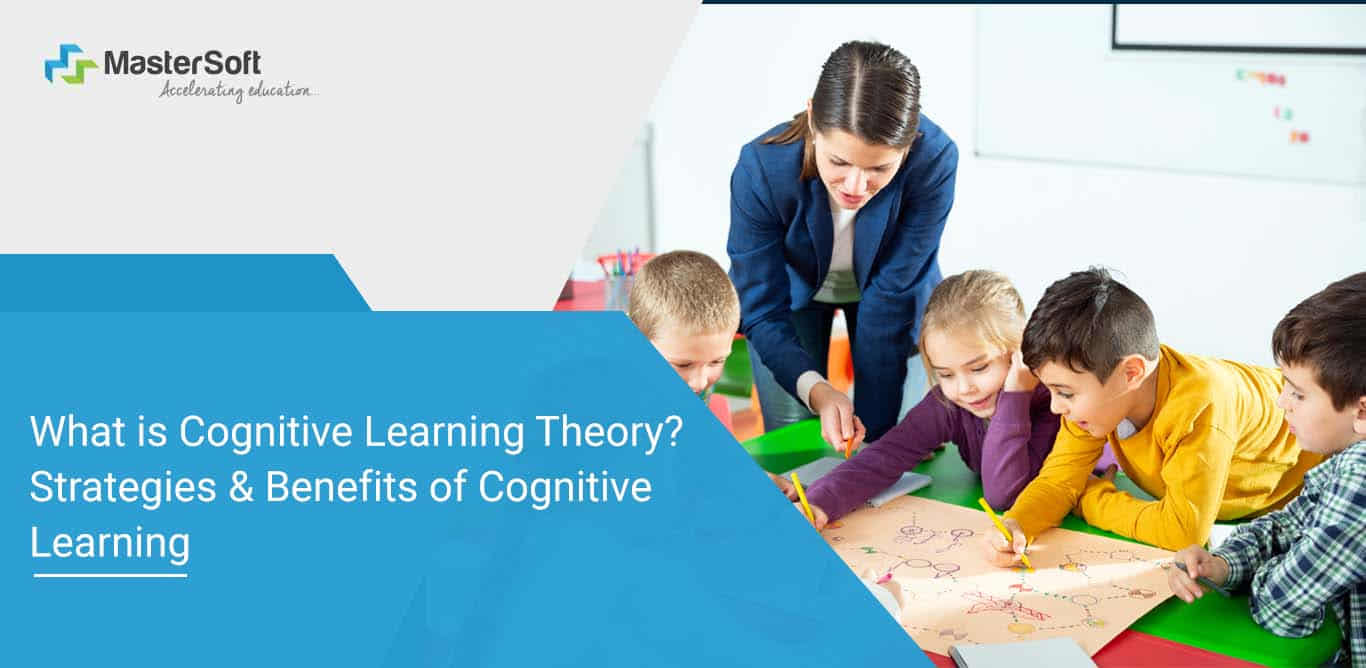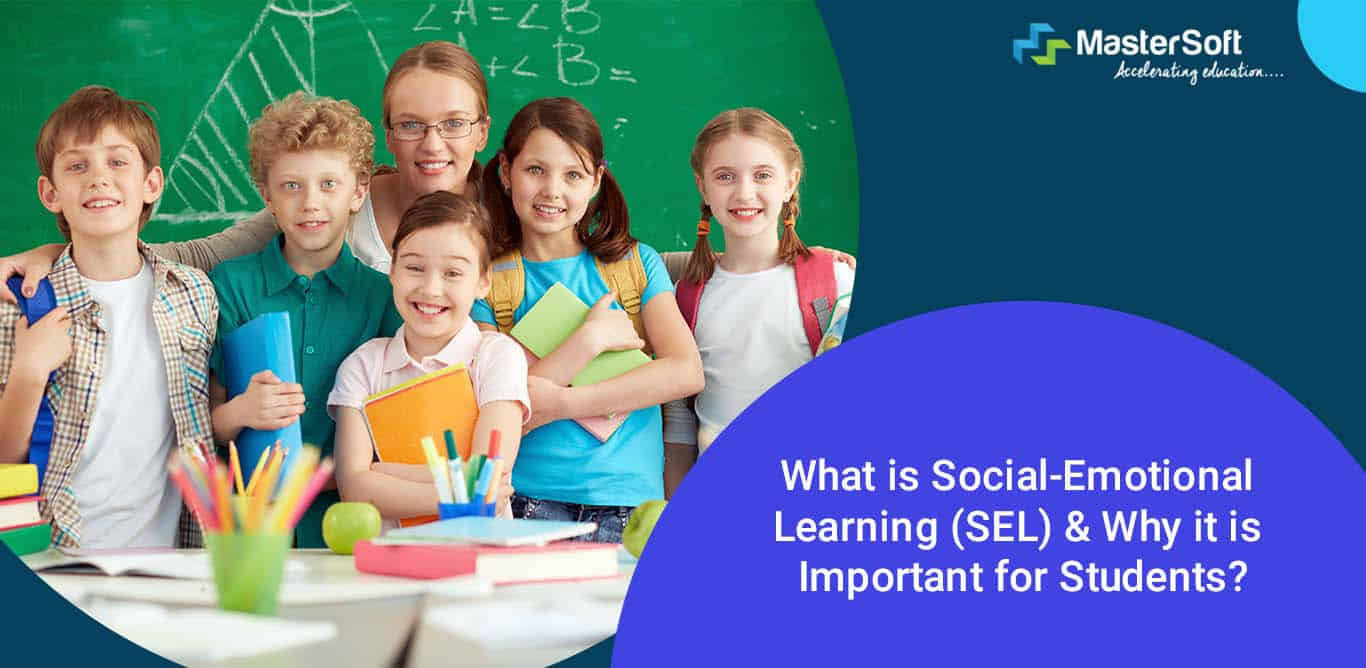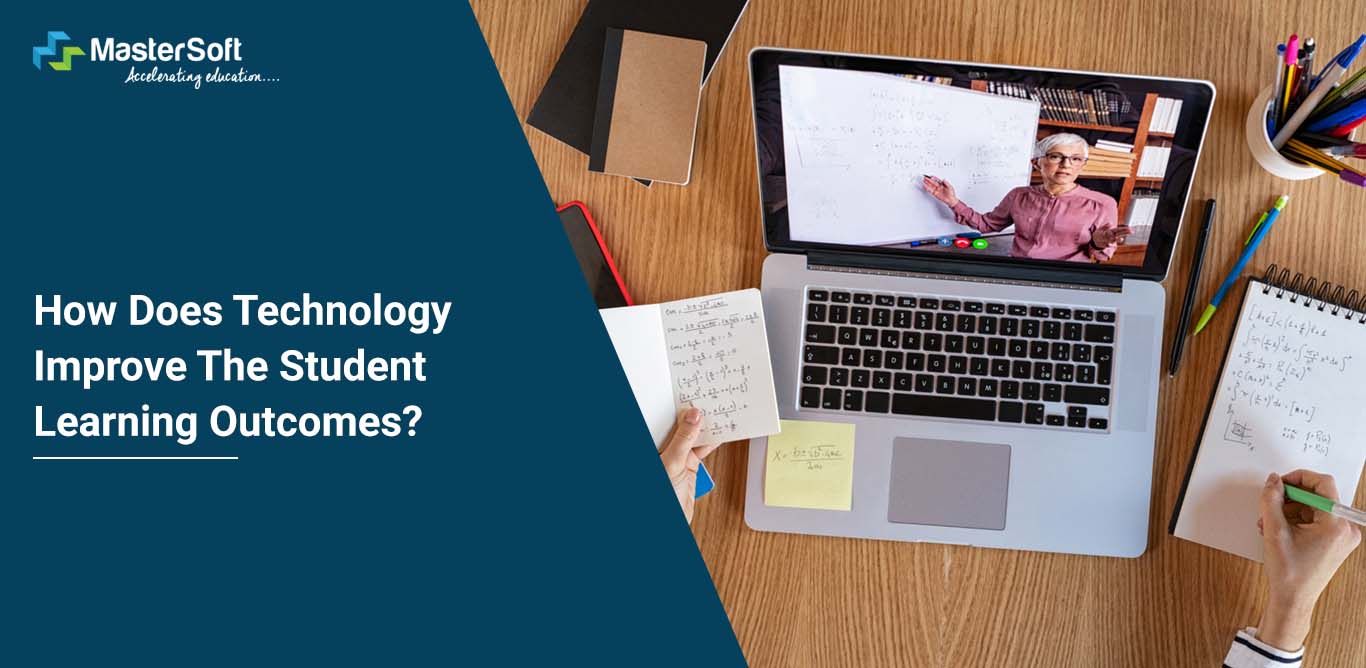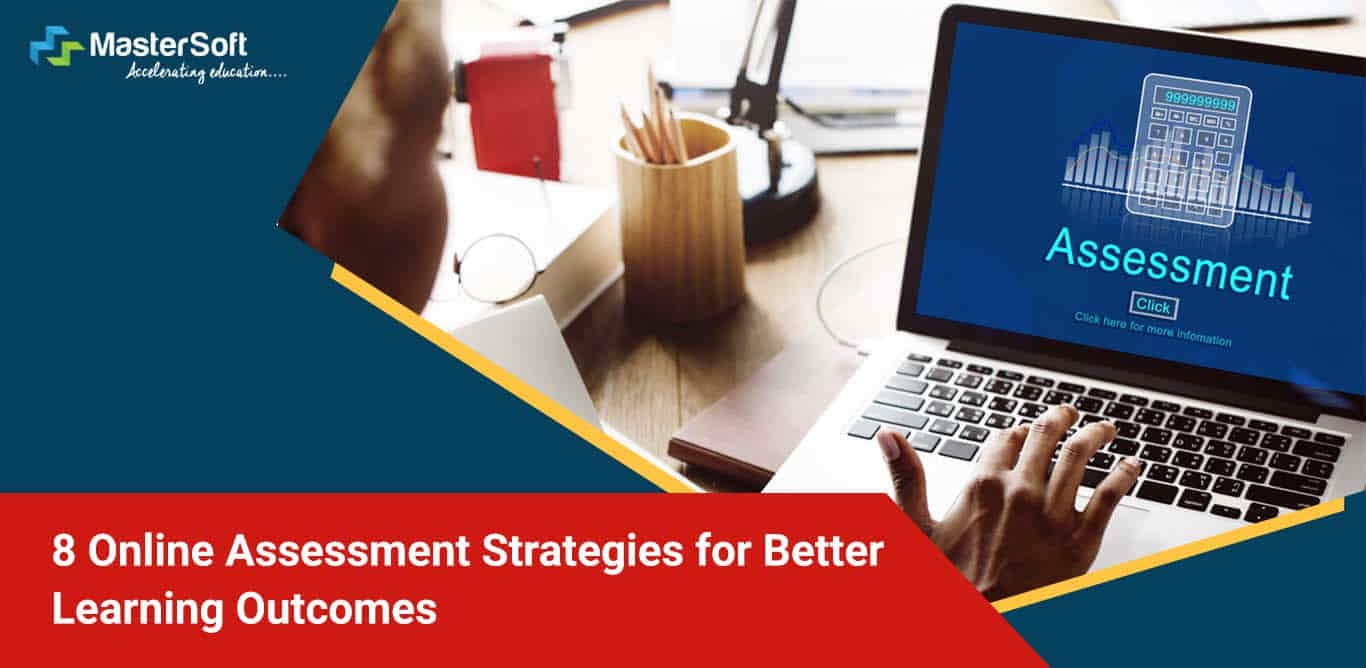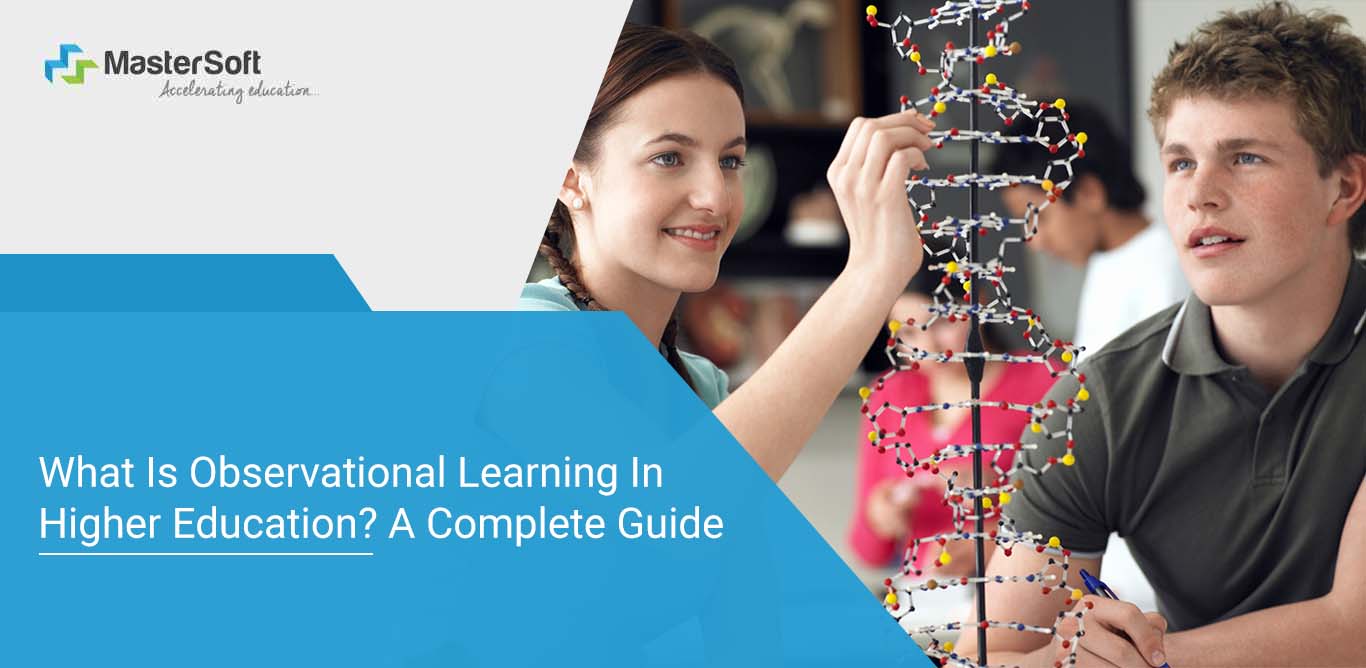
26, July 2022
The initial source of children’s learni Higher Educationng is their parents and the environment they grow up in; over time, their behavior and mannerisms get affected depending on how their parents or older siblings behave.
Educationists and psychologists researched this particular phenomenon and developed observational learning, which gradually became an important strategy to educate and guide school children.
As the term indicates, observational learning happens when a particular student learns by observing the behaviors of others. The ‘’others’’ here is a social model who could be any number of people, including family members, teachers, or friends.
Moreover, this social model automatically becomes a powerful influencer when they are at a higher status, like a parent or a teacher. Therefore, the formative years when the children are likely to learn more quickly tend to have a pronounced effect on their way of talking and general behaviour.
Observational Learning Theory
Amongst many researchers who explored observational learning, Albert Bandura was the most prominent one who developed the observational learning theory. In the 1960s, he led in-depth research into the phenomenon by noting that children often followed examples of social models. He pointed out that children displayed aggressive behaviours if the social models behaved aggressively.
Similarly, if the former acted more passively, the latter did the same; apart from this, children made moral judgments the same as those made by the social models.
Consequently, through a remarkable experiment called the Bobo doll experiment, he was able to conclude that observational learning is linked to learning. Furthermore, he posited that virtually all behavioural, cognitive, and affective tasks can be achieved by observing modelled actions.
This is clearly evident in skill-based areas such as writing, language acquisition, and learning complex concepts in subjects such as science and mathematics.
There are three primary models who are live models, verbal instruction and symbolic models; a live model refers to a person who demonstrates a task either in real-time or recorded and viewed later. Verbal instruction happens when a person demonstrates a task visually while providing instructions on how to complete the task.
Finally, symbolic models are virtual characters that take the place of humans, such as cartoon-like characters. Moreover, observational learning is also known as social learning theory because the social models are a significant core of the phenomenon.
The Stages of Observational Learning
Albert Bandura composed four stages of observational learning during the early phase of its development. In the first stage of learning, students need to pay attention; this is crucial for them, as depending on their attention level, they would learn what the instructors are teaching.
However, the amount of attention the learner pays during a class depends on a number of different factors. Therefore, it is imperative for teachers to cultivate an engaging classroom environment and try to build a good rapport with their students.
The second stage of the observational learning model includes knowledge retention; learning just for the sake of learning is unproductive and of no real value. Students must retain what teachers teach, and observers need to put what they have observed in their memory which also impacts the learning outcomes. At the same time, how much the observer has retained relies on how much they have observed and identified with the model.
Additionally, there are other aspects that need to be taken into account, for instance, inherent characteristics impacting how much a student has retained and different retention strategies that help learners to retain what they have learned. Also, it is noteworthy to remember that retention levels differ from person to person.
The third stage is the initiation stage, wherein the learners must demonstrate the performance by repeating the tasks or performance themselves. The observer or the learner must indicate that they are capable of repeating what they have been taught. At this stage, the instructor expects the learners to possess the skills to repeat the task efficiently. But, this might not be the case as some tasks could be too complicated to make an exact replication. For instance, this could happen when it comes to physical skills; learners would require to observe and repeat the tasks physically despite being able to describe verbally what needs to be done.
The fourth and final stage of observational learning relates more to a character trait that students need to develop over time. The characteristic quality is self-motivation; highly motivated students are more likely to recreate a behaviour they observe. Hence, this influences their attention level, retention ability and their, drive, and ability to reproduce the behaviour physically.
Therefore, teachers must consider the magnitude of this trait and do their best to encourage their motivation so that students can improve their learning and performance.
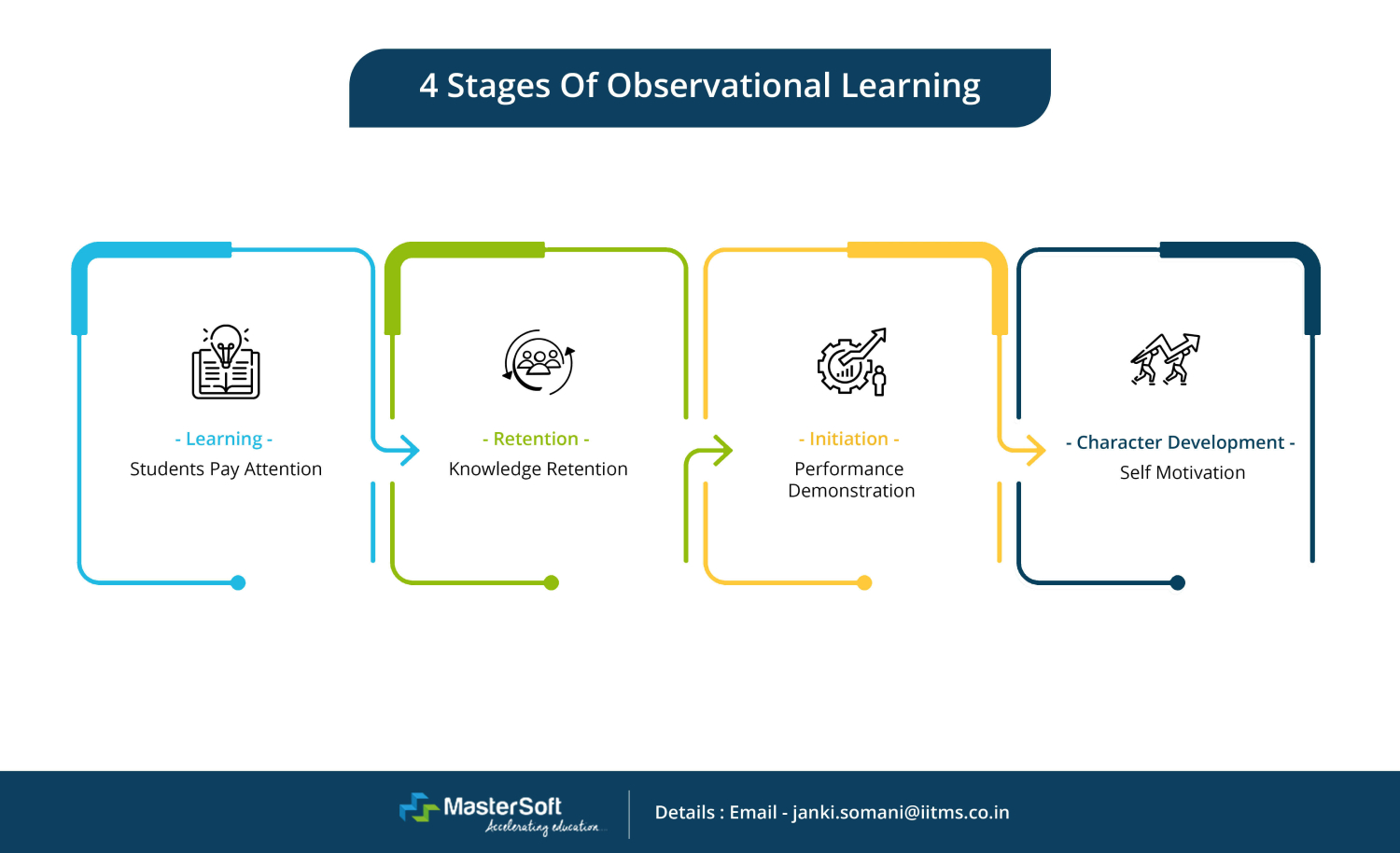
Difference Between Observational Learning and Vicarious Learning
Despite being similar in most ways, there is a difference between observational learning and vicarious learning; in vicarious learning, a person can get the learning experience through others' indirect experiences. For example, it can be through seeing or hearing people interacting; it can be while hearing a story or imagining a situation.
Basically, an individual feels and thinks like the main character in that particular event. Also, vicarious learning helps you gain experience without actual participation, e.g. one can watch a video of some dangerous situation and learn something from it, without the actual presence.
On the other hand, observational learning is much more objective, and in this case, the person acquires the learning experience through social models, which also includes seeing a live situation, video recording, etc. Then, they proceed to replicate what they have watched and observed and try their best to do it properly.
Using Observational Learning in the Classroom
Teachers can implement the observational learning theory in the classroom by including a social model; they themselves can play the role or ask other teachers and students to do the same. For modeling to be effective, students must first pay close attention to the model.
Relatable models, who seem competent, and prestigious will receive greater attention than those who do not exhibit these qualities. In addition, students pay more attention to models who exhibit their own personal characteristics.
By explaining the behaviours and the consequences, teachers can reinforce the ideas presented by the model. Telling the students what has happened and why will help them to retain the lesson.
Through verbal explanation, they can aid their ability to code the information and increase the likelihood that students will be able to reproduce the targeted behaviour. At the same time, this will contribute to their social-emotional learning as they would collaborate with their classmates and teachers.
The Quickest, Easiest, and Most Trustworthy Educational ERP System to Meet Your Institution's Needs
Mobile: 08448010216
Email:info@mastersofterp.com


